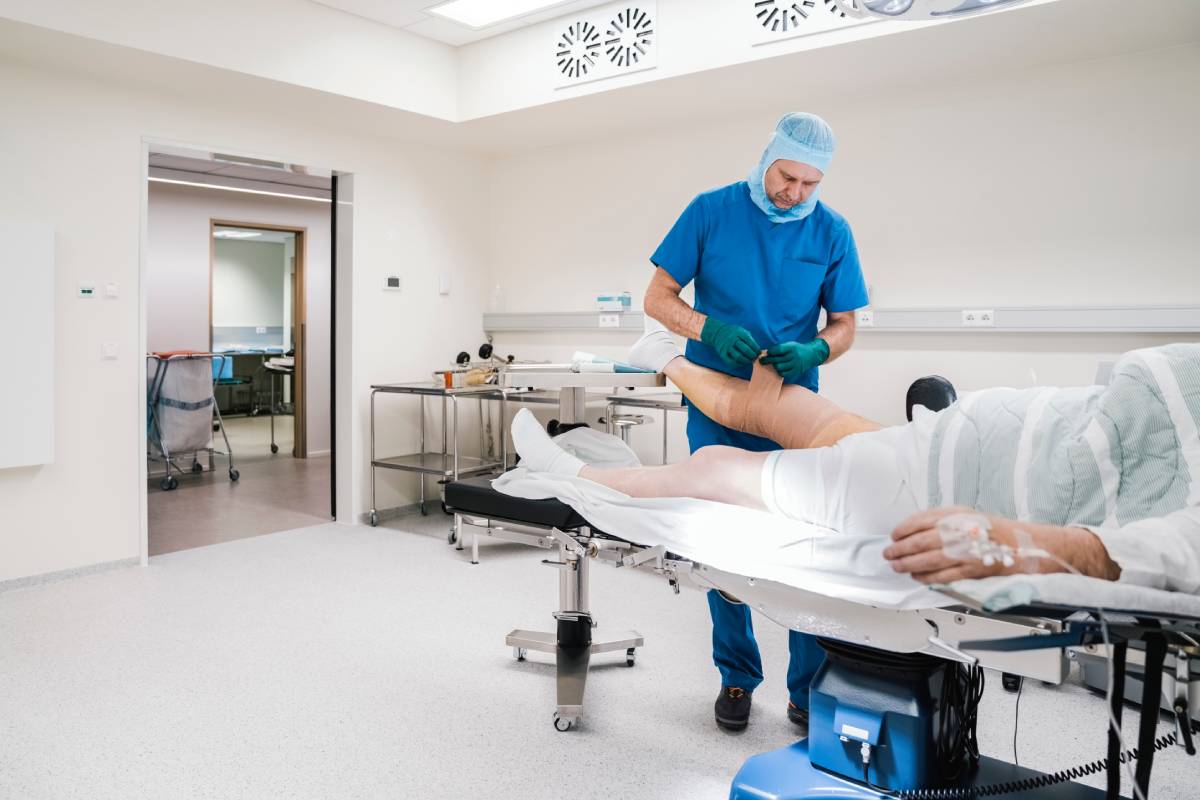
Traditionally, NPO guidelines were established to reduce the risk of aspiration and other complications during anesthesia by restricting food and liquid intake prior to surgery. NPO guidelines have evolved over time, particularly with the growing understanding of the safety and implications of allowing certain oral medication closer to surgery time. Current evidence suggests that permitting oral medications with a small sip of water up to two hours before surgery does not significantly increase aspiration risk and may improve patient outcomes (1).
NPO guidelines have traditionally required patients to abstain from all food and liquids, including oral medication, beginning at midnight prior to surgery. However, this approach has been increasingly questioned due to the potential negative effects on patient well-being, such as dehydration, hypoglycemia, and increased anxiety, along with potential impacts from medication stoppage, which may subsequently affect surgical outcomes (1). Updated NPO guidelines now advocate a more nuanced approach, particularly with regard to oral medications that are critical to the management of chronic conditions. Medications for conditions such as hypertension, asthma, and heart disease can lead to perioperative complications if withheld; therefore, their continuation with minimal water intake is often recommended (2).
Current research supports the administration of certain oral medications preoperatively, as long as they are taken with a small amount of water – typically 30 ml or less – within two hours of surgery. This approach is not considered a violation of NPO guidelines and aims to strike a balance between minimizing the risk of aspiration and avoiding exacerbation of underlying medical conditions (2). For example, patients taking beta-blockers for cardiac conditions should generally continue their medication to avoid adverse cardiovascular events associated with sudden withdrawal.
Despite the evidence, application of updated NPO guidelines varies widely among institutions and practitioners. Resistance to change is due, in part, to ingrained practices and the slow adoption of new guidelines into routine clinical practice. Surveys of U.S. hospitals have revealed significant discrepancies between current evidence and clinical practice, with many providers still adhering to “NPO after midnight” rules (3). Such outdated practices can negatively impact patient safety and comfort, highlighting the need for ongoing education and dissemination of guidelines to ensure that evidence-based practices are followed.
In addition, the debate around NPO guidelines extends beyond medications to include other forms of oral intake, such as clear liquids, which some recent studies have shown can be safely consumed up to two hours before surgery without increasing the risk of aspiration (Wilson, 2017). This evolving understanding emphasizes the importance of individualized patient care, where decisions about preoperative medications and fluid intake are tailored to the patient’s specific medical conditions, type of surgery, and anesthetic requirements.
The administration of preoperative oral medications under NPO guidelines should be approached with an evidence-based mindset that allows for necessary medications with minimal fluid intake close to surgery. This approach minimizes the risks associated with omitting critical medications, while maintaining the fundamental goal of preventing aspiration. Consistent updating and dissemination of NPO guidelines to healthcare providers is essential to bridge the gap between research and clinical practice, ultimately improving patient safety and surgical outcomes.
References
- Fawcett WJ, Thomas M. Pre-operative fasting in adults and children: clinical practice and guidelines. Anaesthesia. 2019;74(8):83-88. doi:10.1111/anae.14500.
- Kramer K, Bennett J. NPO guidelines. In: Bennett J, ed. Anesthesia Complications in the Dental Office. 1st ed. Wiley; 2015:85-102. Available from: https://onlinelibrary.wiley.com/doi/abs/10.1002/9781119053231.ch4.
- Abola RE, Gan TJ. Preoperative fasting guidelines: Why are we not following them? The time to act is now. Anesth Analg. 2017;124(4):1041-1043. doi:10.1213/ANE.0000000000001853.
- Wilson H. Pre-operative management. In: Falaschi P, Marsh D, eds. Orthogeriatrics. 1st ed. Springer; 2017:45-58. doi:10.1007/978-3-319-43249-6_5. Available from: https://link.springer.com/chapter/10.1007/978-3-319-43249-6_5




